Home>Garden Essentials>How Large Should Play Area Be For An Outdoor Playground
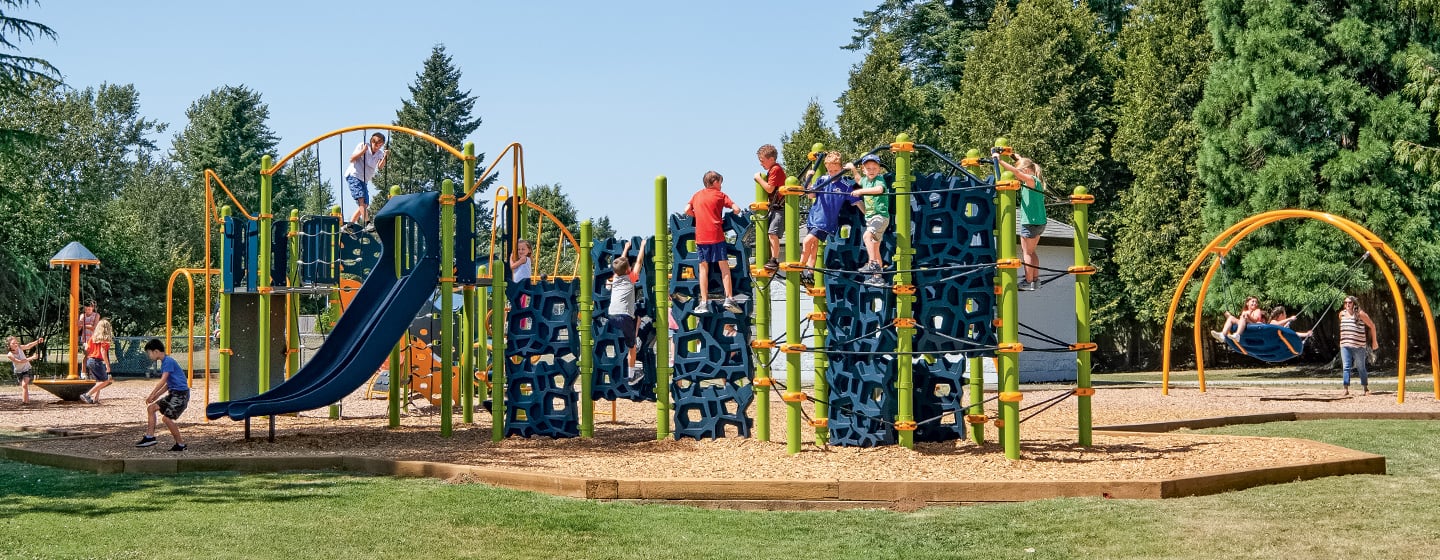

Garden Essentials
How Large Should Play Area Be For An Outdoor Playground
Modified: March 15, 2024
Discover the perfect size for your garden play area. Learn how to determine the ideal dimensions for your outdoor playground and create a fun and safe space for kids to enjoy.
(Many of the links in this article redirect to a specific reviewed product. Your purchase of these products through affiliate links helps to generate commission for Storables.com, at no extra cost. Learn more)
Introduction
Welcome to our comprehensive guide on determining the optimal size for a play area in an outdoor playground. When designing a playground, one of the key factors to consider is the amount of space available for children to play and explore. The size of the play area will greatly affect the overall experience and safety of the children, as well as the variety and scope of activities that can be accommodated.
In this article, we will discuss the various factors to consider when determining the size of a play area, including safety regulations, recommended guidelines, and the importance of having sufficient space for different age groups. We will also explore the considerations for different types of playground equipment and the factors that can influence play area requirements in different environments.
By the end of this article, you will have a clear understanding of how to design a play area that provides an optimal balance between safety, enjoyment, and functionality for the children who will be using it.
Key Takeaways:
- Designing a playground? Consider age groups, activities, and safety to create a fun and safe play area that promotes children’s development and enjoyment.
- Flexibility is key! Design a versatile play area with modular equipment and multifunctional spaces to accommodate different activities and changing interests.
Factors to Consider when Determining Play Area Size
When determining the size of a play area for an outdoor playground, there are several factors that need to be taken into consideration. These factors will help ensure that the play area provides a safe and engaging environment for children to play and explore. Here are some key factors to consider:
- Age Group: The age group of the children who will be using the play area is a crucial factor in determining the size. Younger children may require a smaller play area with equipment that is appropriate for their age and developmental needs. Older children, on the other hand, may need a larger play area to accommodate more complex equipment and activities.
- Type of Activities: The types of activities that will be offered in the play area also play a role in determining the size. If you plan to include a variety of activities such as climbing structures, swings, slides, and interactive features, you will need a larger play area to accommodate all of these elements.
- Safety Considerations: Safety regulations and standards should always be taken into account when determining the size of a play area. There should be adequate space around each piece of equipment to ensure that children can move safely without the risk of colliding with each other. Additionally, there should be appropriate surfacing materials, such as rubber mulch or synthetic turf, to cushion falls and reduce the risk of injuries.
- Accessibility: The play area should be designed to be accessible to all children, including those with disabilities. This may require extra space for wheelchair maneuverability and inclusive equipment that can be enjoyed by children of all abilities.
- Future Expansion: It is important to consider the potential for future expansion when determining the size of the play area. If there is a possibility for growth or adding new equipment in the future, it is advisable to allocate additional space to accommodate these changes without disrupting the existing layout.
By taking these factors into account, you can ensure that the play area is appropriately sized to meet the needs of the children who will be using it. It is important to strike a balance between providing enough space for children to freely move and play, while also ensuring that the area is manageable and easily supervised for the safety of all children involved.
Safety Regulations and Standards for Playgrounds
When designing a play area for an outdoor playground, it is crucial to adhere to safety regulations and standards to ensure the well-being of the children who will be using it. These regulations are put in place to minimize the risk of accidents and injuries, and they provide guidelines for the design, installation, and maintenance of playground equipment. Here are some important safety regulations and standards to consider:
- ASTM International: The American Society for Testing and Materials (ASTM) has established a set of safety standards specifically for playground equipment. These standards, known as ASTM F1487, provide guidelines for equipment design, installation, surfacing materials, and maintenance. Adhering to these standards can help ensure that the play area meets safety requirements and reduces the risk of injuries.
- CPSC Guidelines: The Consumer Product Safety Commission (CPSC) in the United States has also developed guidelines for playground safety. These guidelines cover various aspects, including equipment dimensions, spacing requirements, surfacing materials, and accessibility. Following these guidelines can help create a safe and inclusive play area for children of all abilities.
- ADA Accessibility Guidelines: The Americans with Disabilities Act (ADA) has established accessibility guidelines to ensure that playgrounds are accessible to children with disabilities. These guidelines include considerations for wheelchair accessibility, transfer systems, and ground-level play components. Incorporating ADA guidelines ensures that the play area is inclusive and allows all children to participate in play activities.
- Fall Zone Requirements: One of the key safety considerations is the fall zone around playground equipment. This refers to the area where a child may fall to the ground. It is important to have adequate fall zones with appropriate surfacing materials that can absorb impact and reduce the risk of severe injuries.
- Equipment Maintenance: Regular maintenance and inspections are crucial to ensure the ongoing safety of the play area. Equipment should be inspected for any signs of wear, damage, or potential hazards. It is important to follow manufacturer’s guidelines for maintenance and conduct routine inspections to identify and address any issues promptly.
By following safety regulations and standards, you can create a play area that provides a safe and enjoyable experience for children. It is important to stay up-to-date with the latest guidelines and regulations to ensure that your playground meets the highest safety standards and promotes the well-being of all children who use it.
Recommended Play Area Size Based on Number of Children
When determining the size of a play area for an outdoor playground, it is important to consider the number of children who will be using the space. The recommended play area size will depend on the number of children you expect to accommodate. Here are some general guidelines to help you determine the appropriate play area size:
- Small Play Area: For a small play area designed for up to 10 children, a minimum space of 500-700 square feet is recommended. This size allows for enough space for children to move around and engage in various activities without feeling overcrowded.
- Medium Play Area: A medium-sized play area designed for 10-20 children should have a space of about 1,000-1,500 square feet. This size allows for multiple play structures and equipment, as well as ample space for children to run, jump, and play games.
- Large Play Area: A large play area designed for 20 or more children should have a minimum space of 1,500-2,000 square feet or more. This size allows for a wide range of play structures and equipment, as well as spacious areas for group activities and games.
It is important to note that these recommendations are approximate and may vary depending on the specific needs and activities planned for the play area. If you anticipate a higher level of activity or if the play area will be used by children of different age groups simultaneously, you may need to allocate additional space to provide a comfortable and safe environment.
Keep in mind that having adequate space not only allows for better maneuverability and reduces the risk of collisions between children, but it also provides opportunities for imaginative play and promotes social interaction. A well-designed and spacious play area encourages children to explore, engage, and develop their physical and cognitive skills.
Consider consulting with a playground designer or safety expert who can provide guidance tailored to your specific needs and local regulations. They can assist in determining the appropriate play area size based on the expected number of children, age range, and types of activities intended for the playground.
By carefully considering the number of children and adhering to recommended play area sizes, you can create a playground that provides an enjoyable and safe environment for children to play, learn, and grow.
Importance of Sufficient Play Area for Various Age Groups
When designing a play area for an outdoor playground, it is crucial to ensure that there is a sufficient amount of space for children of different age groups. Having an appropriate play area size for each age group is essential for promoting their physical, cognitive, and social development. Here are some key reasons why sufficient play area is important for various age groups:
- Toddlers and Preschoolers: Toddlers and preschoolers require a play area that allows them to explore and discover their surroundings. They need space to crawl, walk, and run freely, as well as engage in activities that enhance their motor skills and coordination. A sufficient play area for this age group ensures their safety and gives them the opportunity to engage in age-appropriate play experiences.
- School-Age Children: School-age children have more developed motor skills and a higher energy level. They require a larger play area that accommodates a variety of physical activities, such as climbing, swinging, and running. A spacious play area also allows for more imaginative and creative play, giving children the freedom to use their imagination and problem-solving skills.
- Tweens and Teens: Older children and teenagers benefit from a play area that caters to their social and recreational needs. A larger play area provides them with space for group activities, sports, and games that encourage teamwork, communication, and cooperation. It also allows them to engage in more challenging physical activities that promote strength, agility, and overall fitness.
Having a well-designed play area that provides sufficient space for each age group is important for their overall development and well-being. It encourages physical activity, promotes social interactions, and stimulates cognitive growth. A play area that is too small or overcrowded can limit children’s ability to engage in age-appropriate play activities and may increase the risk of accidents or conflicts.
Furthermore, having a play area that is specifically designed for different age groups allows for age-appropriate equipment and challenges. Younger children may require low-level climbing structures, slides, and sensory play elements, while older children may benefit from more complex and challenging equipment that develops their physical abilities and confidence.
It is important to keep in mind that different age groups may have different play patterns and safety requirements. By providing sufficient play area for each age group, you create an inclusive and engaging environment where children can learn, grow, and have fun at their own pace.
Consulting with playground design experts and considering age-specific recommendations and guidelines can help ensure that your play area is appropriately sized and designed to meet the needs of children in different age groups.
When determining the size of an outdoor playground, consider the number of children using it at one time, the types of equipment, and the recommended safety zones around each piece of equipment. It’s important to provide enough space for kids to play safely and comfortably.
Read more: How Large Should A Fire Pit Area Be
Considerations for Different Types of Playground Equipment
When designing a play area for an outdoor playground, it is important to consider the different types of playground equipment that will be included. Each type of equipment has its own specifications and considerations to ensure safety, functionality, and fun. Here are some key considerations for different types of playground equipment:
- Climbing Structures: Climbing structures such as jungle gyms and rock walls provide children with opportunities for physical exercise and gross motor skill development. When incorporating climbing structures, it is crucial to consider the height, accessibility, and fall zone requirements. The equipment should be age-appropriate and have proper hand and foot placement for safe climbing.
- Swings: Swings are a classic playground favorite. When choosing swing sets, consider the appropriate number of swings for the expected number of children, safe spacing between swings, and adequate space in the swing arc to prevent collisions. Ensure that the swing seats and chains are safe and secure, and have proper fall zones beneath the swings.
- Slides: Slides offer thrill and excitement for children. Consider the appropriate height and length of slides based on the age group using the play area. It is important to have proper access points, sturdy handrails, and adequately sized platforms at the top and bottom of the slide to ensure safe entry and exit.
- Sensory Play Equipment: Sensory play equipment, such as water play tables and sandboxes, provide opportunities for children to explore different textures and stimulate their senses. When incorporating sensory play equipment, consider the appropriate safety measures, such as non-slip surfaces, proper drainage systems, and easily accessible cleaning and maintenance procedures.
- Sports and Game Equipment: Including sports and game equipment, such as basketball hoops or soccer goals, encourages physical activity and social interaction. When selecting and placing sports equipment, consider the appropriate distance from other play structures, clear pathways for safe movement, and adequate space for children to play and engage in sports activities.
Additionally, it is important to ensure that all playground equipment meets safety standards and is properly installed and maintained. Regular inspections should be conducted to check for wear, damage, or any potential hazards. Follow manufacturer guidelines for maintenance and consider consulting with playground safety experts to ensure compliance with relevant safety regulations.
By carefully considering the different types of playground equipment and their specific requirements, you can create a play area that is safe, engaging, and promotes the physical, cognitive, and social development of children.
Factors Affecting Play Area Size in Different Environments
The size of a play area for an outdoor playground can be influenced by various factors, including the environment in which it is located. Different environments present unique considerations that impact the design and size of the play area. Here are some key factors that can affect play area size in different environments:
- Urban Spaces: In urban environments where space is limited, the available area for a play area may be small. It is important to maximize the use of vertical space by incorporating multi-level structures or installing equipment that can be suspended from poles or walls. Additionally, modular and compact play equipment can be utilized to accommodate play activities within a smaller footprint.
- Suburban and Rural Areas: In suburban or rural areas, there is often more land available, allowing for larger play areas. These areas may have the advantage of being able to incorporate natural elements such as trees, hills, or open fields. Utilizing the natural landscape can enhance the play experience and provide additional space for exploration and imaginative play.
- Schools and Daycares: Play areas in schools and daycare centers may need to accommodate a larger number of children. In these environments, the play area should be designed to ensure adequate space for group activities, supervised play, and organized games. Consideration should also be given to separate play spaces for different age groups to ensure safety and age-appropriate play experiences.
- Parks and Recreation Areas: Play areas in parks and recreational areas often serve a wide range of ages and attract a larger number of visitors. These play areas should be designed to have a larger footprint and include diverse equipment that caters to different age groups and abilities. It is important to allocate sufficient space between different play structures to avoid overcrowding and allow for safe and enjoyable play experiences.
- Public Spaces: Play areas located in public spaces, such as shopping malls or community centers, may have size limitations due to available real estate or specific regulations. In these instances, it is important to prioritize the efficient use of space by selecting compact and versatile play equipment that provides a range of play activities within a confined area.
Additionally, local regulations and safety guidelines may vary depending on the specific environment. It is important to consult with professionals and adhere to relevant guidelines when designing and sizing a play area for different environments.
By considering the unique factors and constraints of each environment, you can create a play area that optimizes the available space and provides an engaging and safe play experience for children.
Designing a Flexible Play Area to Accommodate Multiple Activities
Designing a flexible play area in an outdoor playground is key to creating a dynamic and inclusive space that can accommodate multiple activities. A versatile play area not only provides variety and excitement for children but also maximizes the use of the available space. Here are some considerations for designing a flexible play area:
- Zoning: Divide the play area into zones to accommodate different types of activities. For example, designate areas for climbing, sliding, swinging, sensory play, and imaginative play. This allows children to engage in various play experiences and ensures that different activities can occur simultaneously without interfering with one another.
- Modular Design: Incorporate modular play equipment that can be rearranged or combined in different ways. This allows for flexibility in creating new play configurations and adjusting the layout to meet the changing needs and interests of the children. Modular equipment also makes it easier to replace or add components as needed, extending the life of the play area.
- Multifunctional Spaces: Design areas that can serve multiple purposes. For example, a climbing structure with built-in seating or platforms can be used for climbing, resting, or socializing. A play surface with game markings can be utilized for a variety of sports and activities. This versatility maximizes the use of space and encourages children to engage in different types of play.
- Inclusive Design: Ensure that the play area is accessible and inclusive for children of all abilities. Incorporate inclusive play equipment, such as wheelchair-friendly swings or inclusive merry-go-rounds. Design pathways that accommodate strollers or mobility devices. This allows children with disabilities to actively participate in play alongside their peers, fostering inclusivity and friendship.
- Open Space: Don’t overcrowd the play area with too much equipment. Leave open spaces that can be used for running, playing tag, or engaging in group activities. A balance between equipment and open space allows children to move freely and encourages creative play and social interaction.
- Flexible Seating and Gathering Areas: Provide seating and gathering areas throughout the play area. This allows caregivers or supervising adults to have a place to sit and observe while children play. It also provides spaces for children to take breaks, socialize, or engage in quieter activities, such as drawing or reading.
By designing a flexible play area, you create a space that can adapt to the changing interests, needs, and abilities of the children who use it. It fosters creativity, promotes social interaction, and encourages a wide range of physical activities. A well-designed and flexible play area ensures that every child can find something enjoyable and engaging, promoting a positive and inclusive play experience for all.
Conclusion
Designing a play area for an outdoor playground requires careful consideration of various factors to create a safe, engaging, and inclusive space for children. From determining the play area size based on the number of children to adhering to safety regulations and standards, each decision impacts the overall experience of the children. Additionally, considering the needs and activities specific to different age groups, the type of playground equipment, and the environmental factors further enhances the design and functionality of the play area.
A well-designed play area provides children with opportunities for physical activity, imaginative play, social interaction, and cognitive development. It nurtures their creativity, fosters their motor skills, and promotes overall well-being. By allocating sufficient space, following safety regulations, and considering age-appropriate equipment, you can create a play area that is both stimulating and safe for children of all abilities.
Flexibility is also crucial in the design of a play area, allowing for different activities to coexist and adapt to the changing needs and interests of the children. Modular equipment, versatile zones, and multifunctional spaces create a dynamic environment that encourages exploration and creativity.
Finally, it is essential to remember that designing a play area is an ongoing process. Regular maintenance, inspections, and keeping up to date with regulations ensure that the play area remains safe and enjoyable for its users. Consulting with experts and involving children in the design process can also provide valuable insights and feedback.
In conclusion, a well-designed play area in an outdoor playground not only provides a space for children to have fun but also contributes to their physical, social, and cognitive development. By taking into account the various factors discussed in this guide, you can create a play area that fosters a love for play, encourages exploration, and nurtures the growth of children in a safe and inclusive environment.
Frequently Asked Questions about How Large Should Play Area Be For An Outdoor Playground
Was this page helpful?
At Storables.com, we guarantee accurate and reliable information. Our content, validated by Expert Board Contributors, is crafted following stringent Editorial Policies. We're committed to providing you with well-researched, expert-backed insights for all your informational needs.
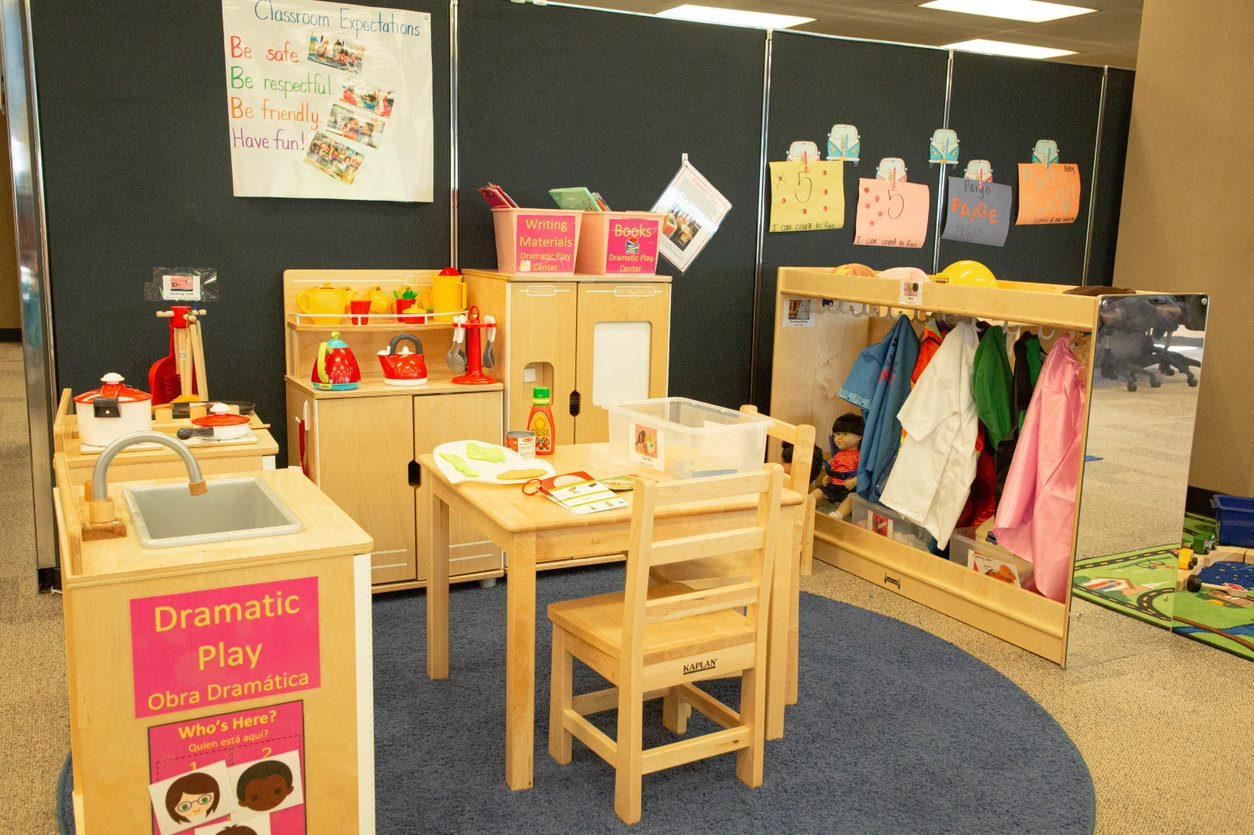
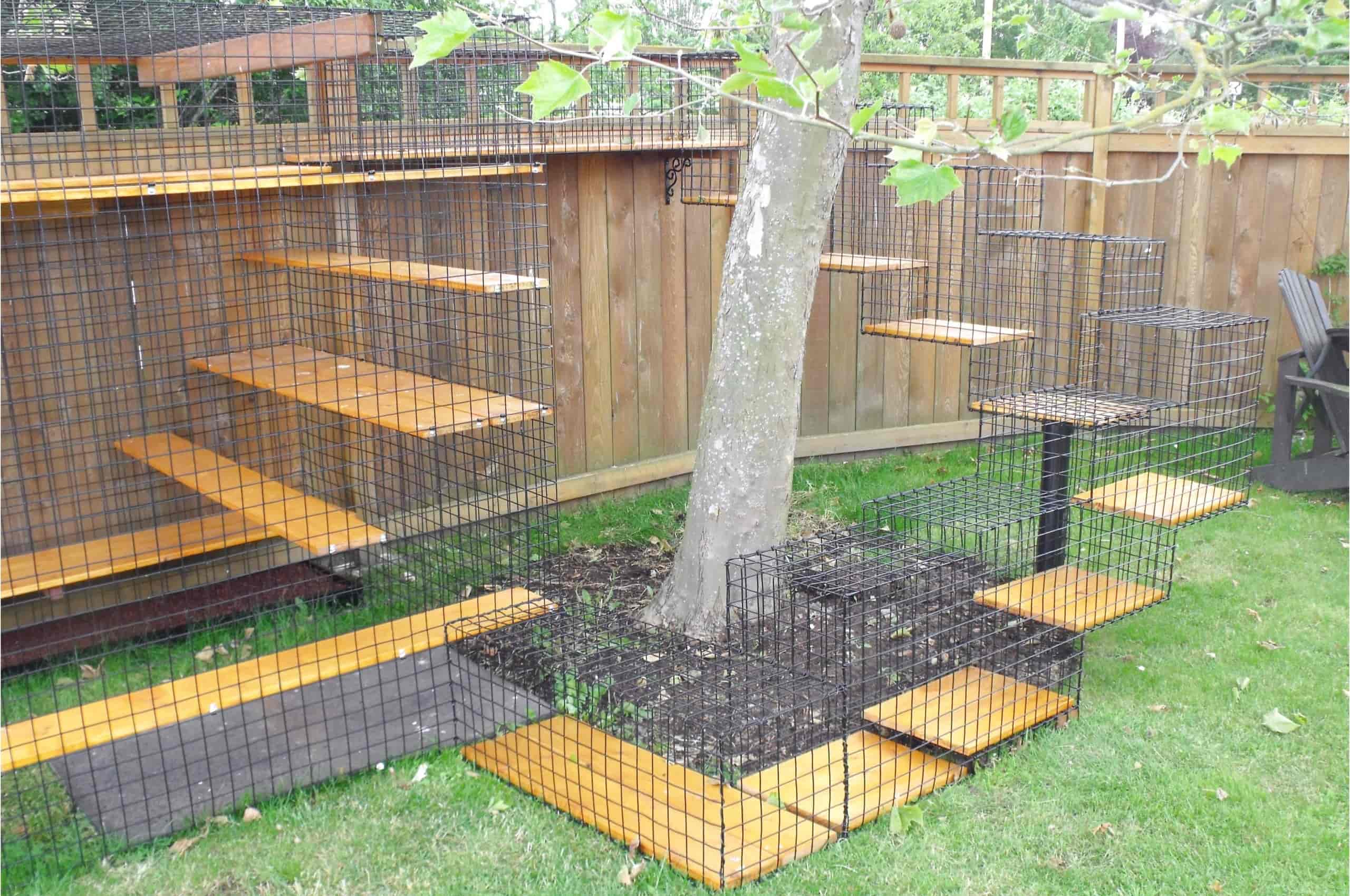
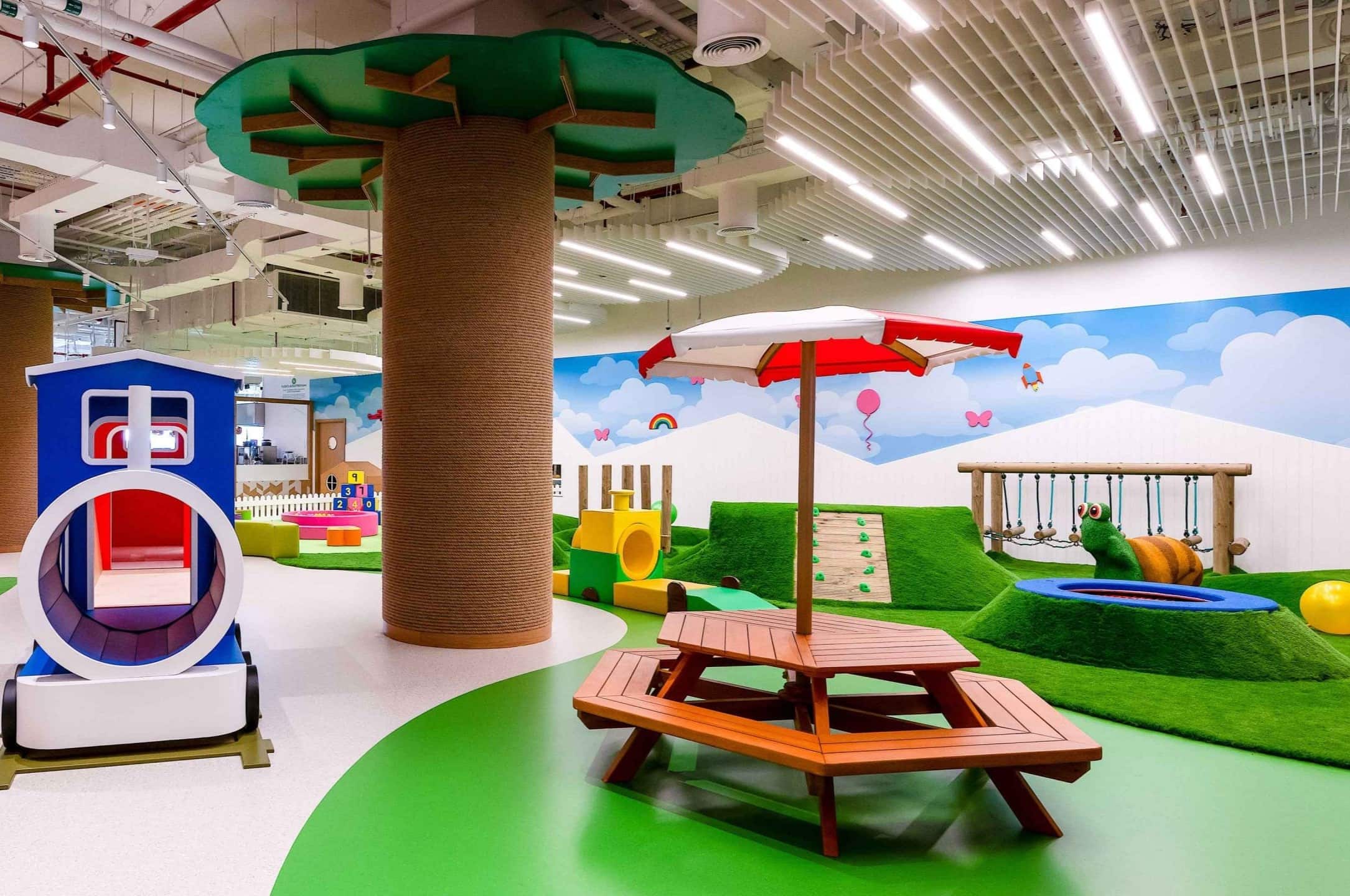
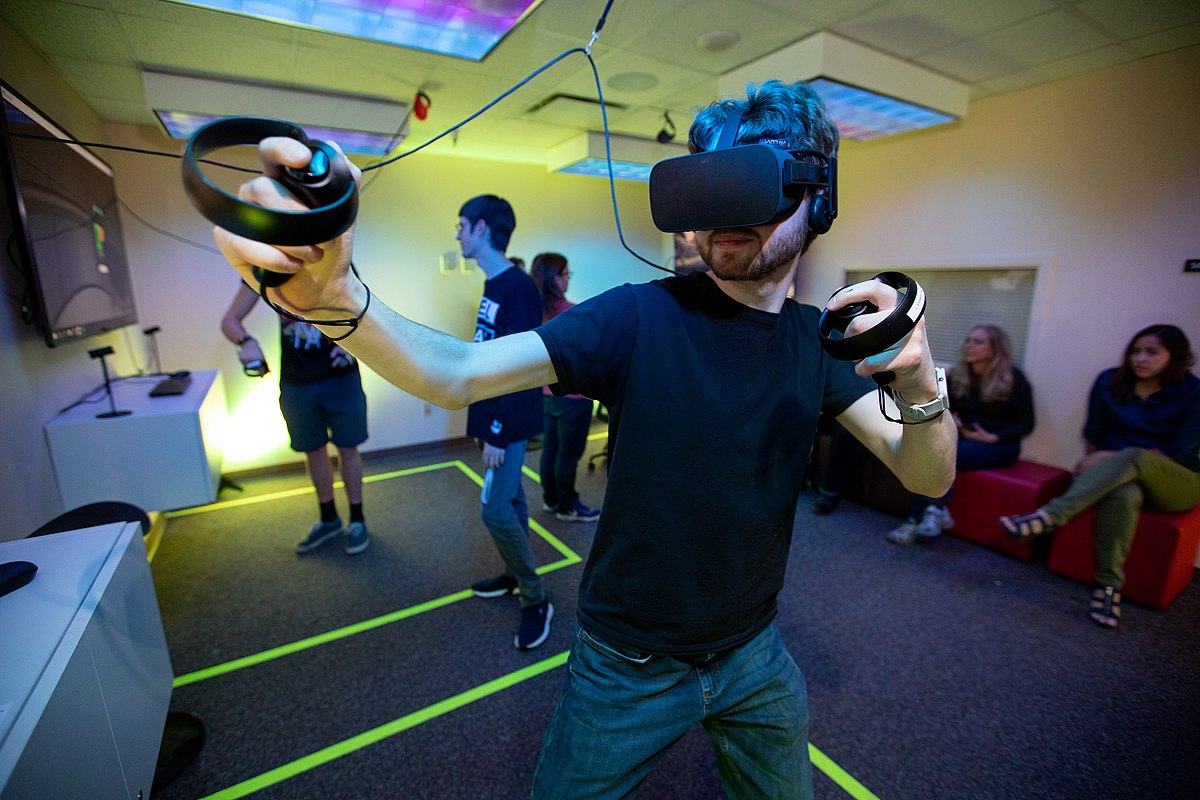
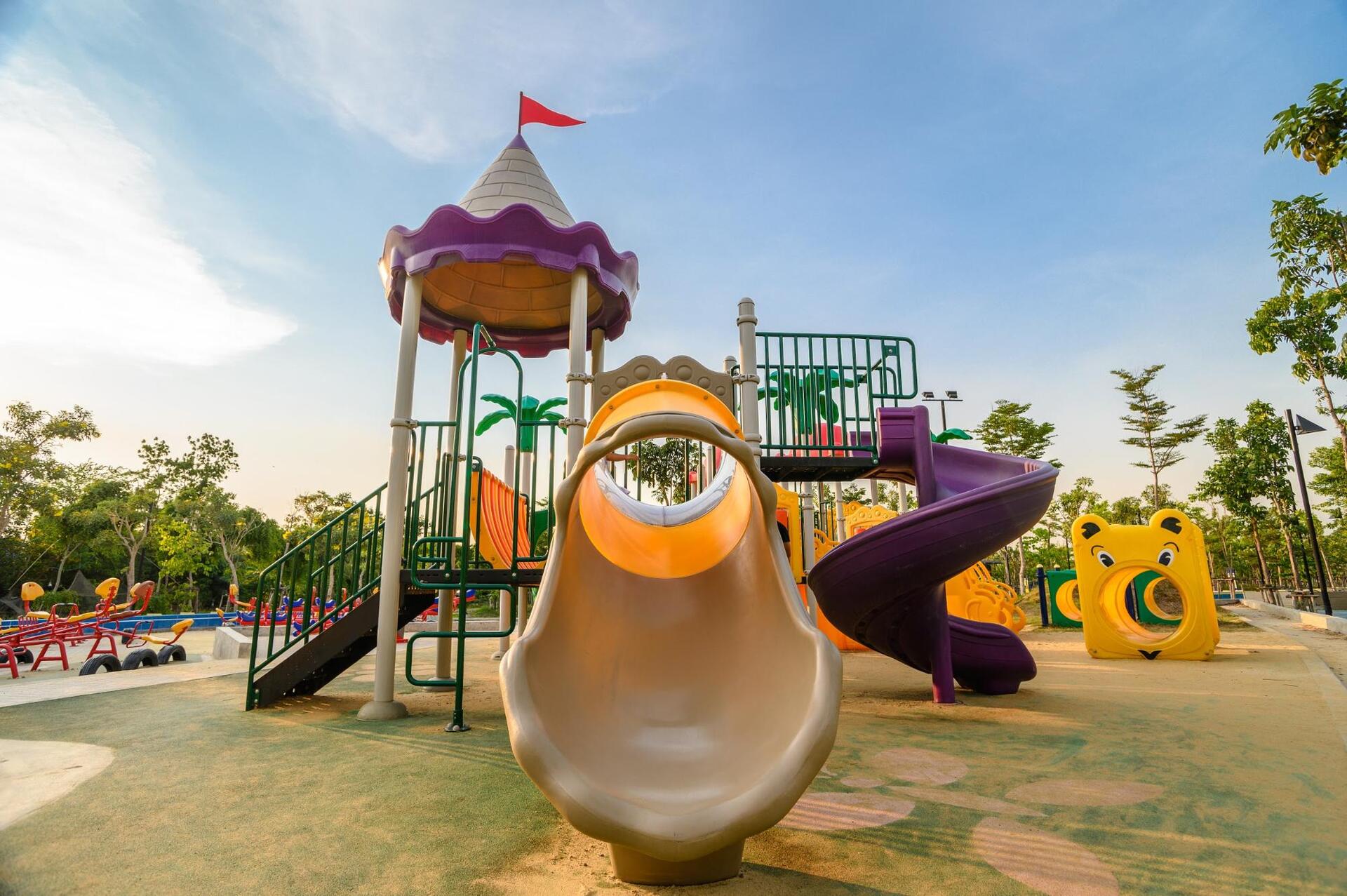
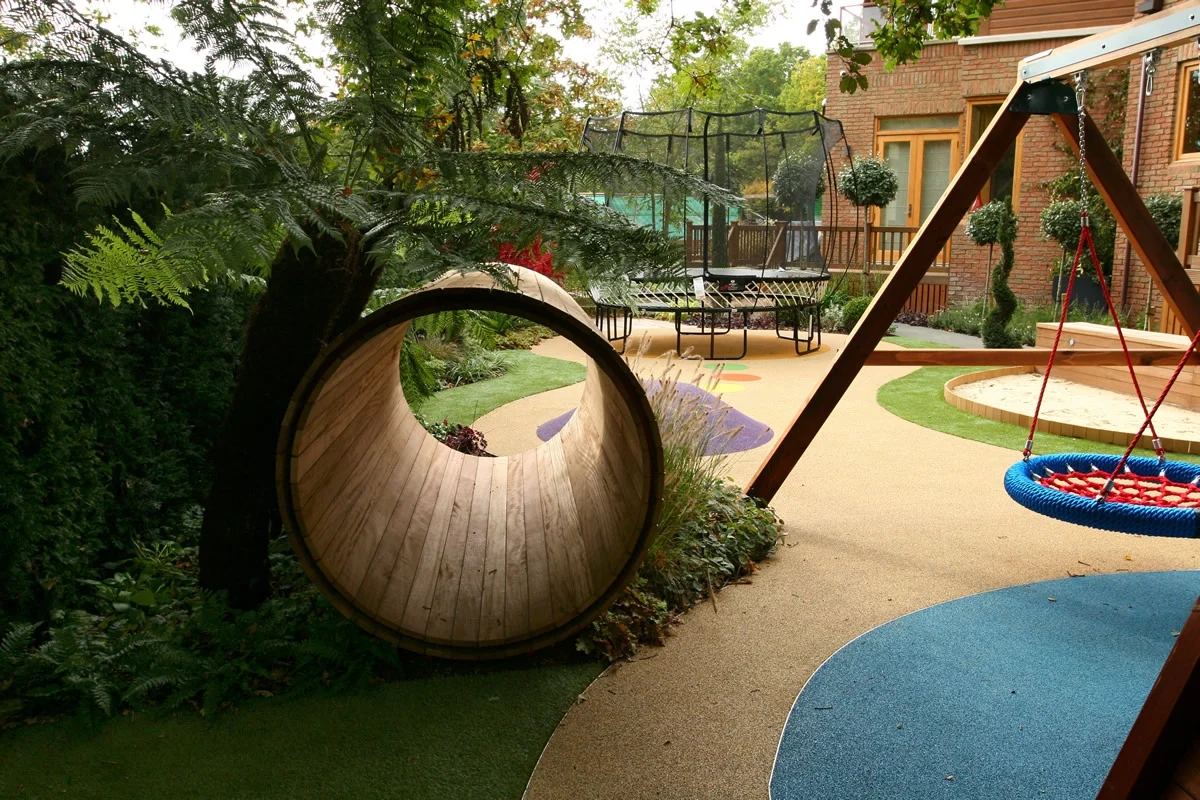
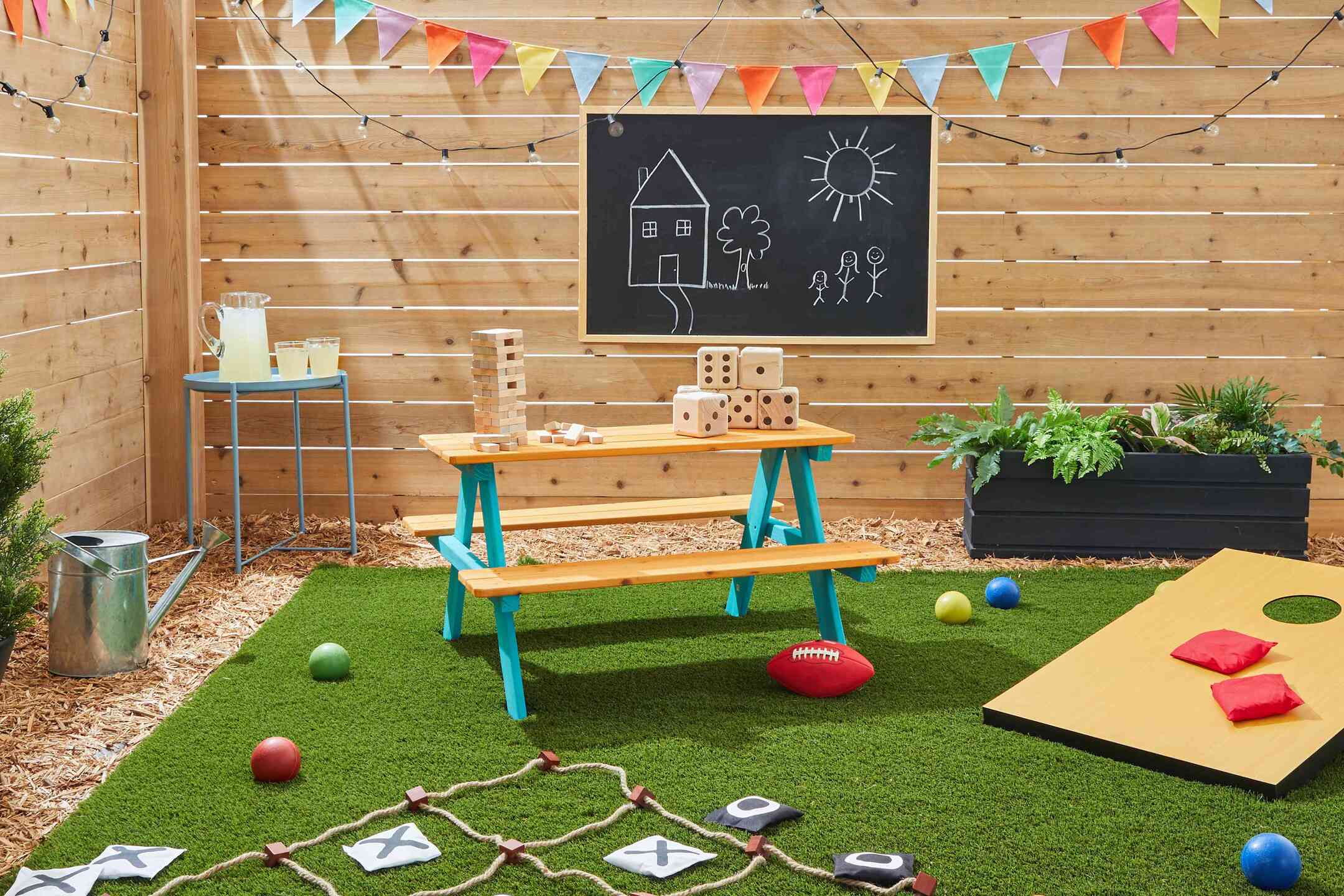
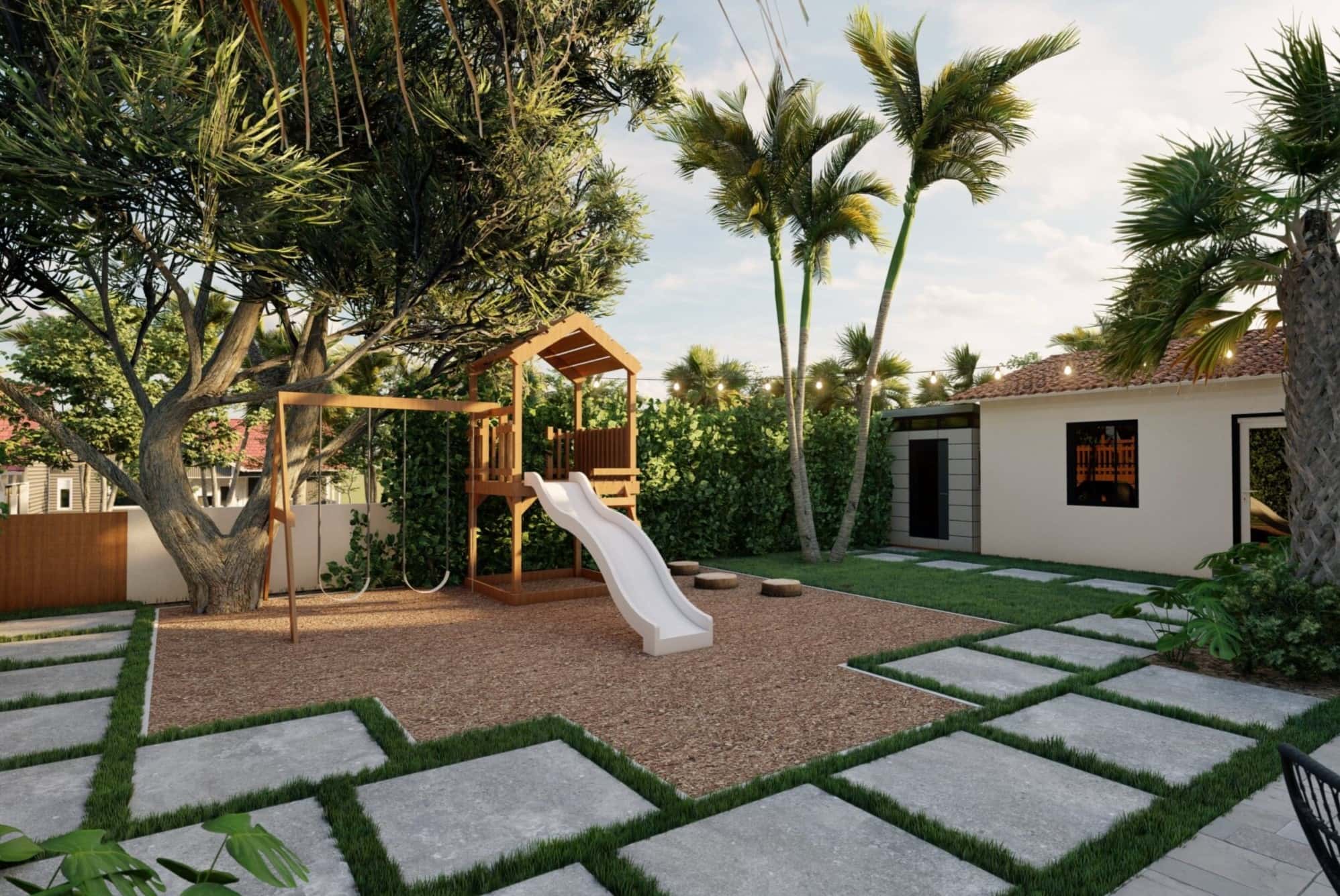
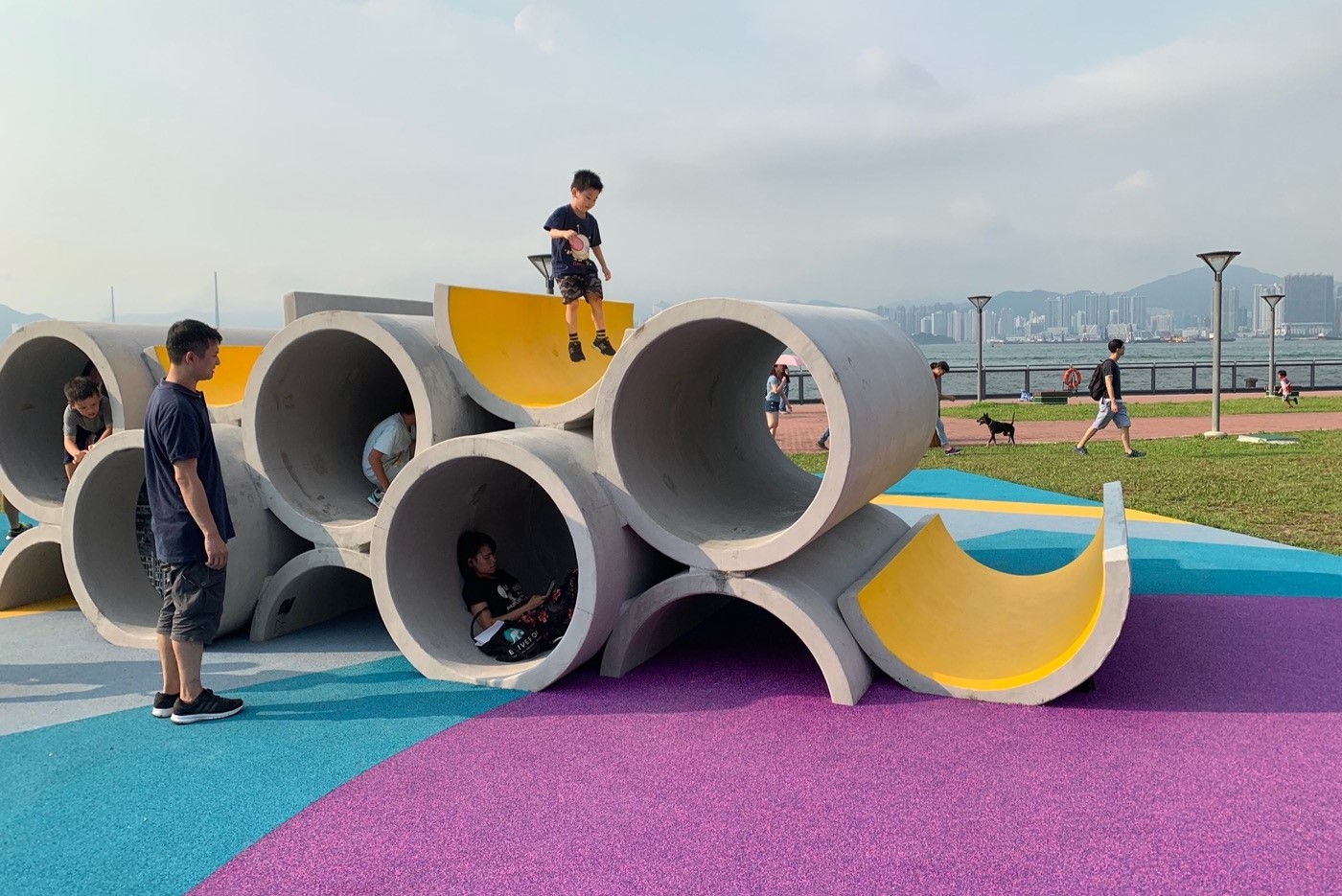
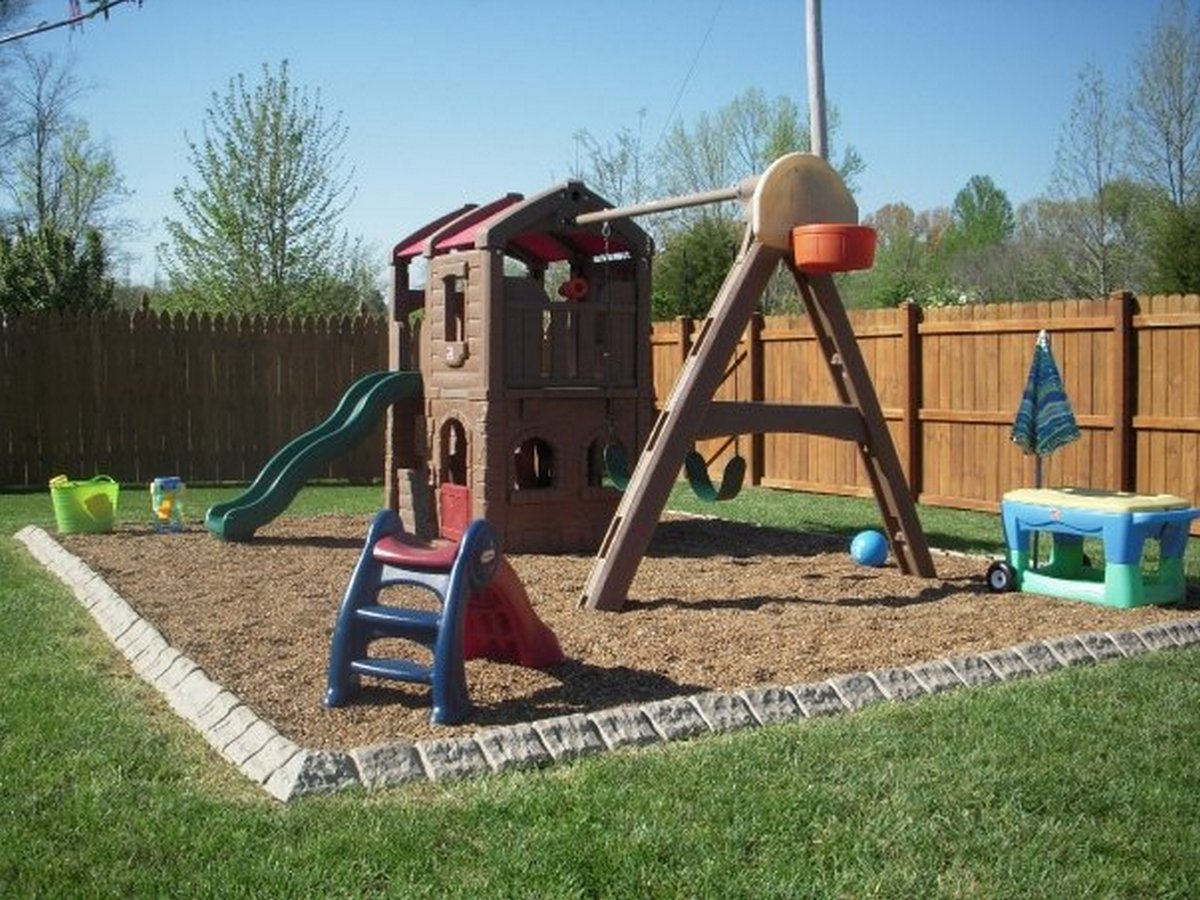

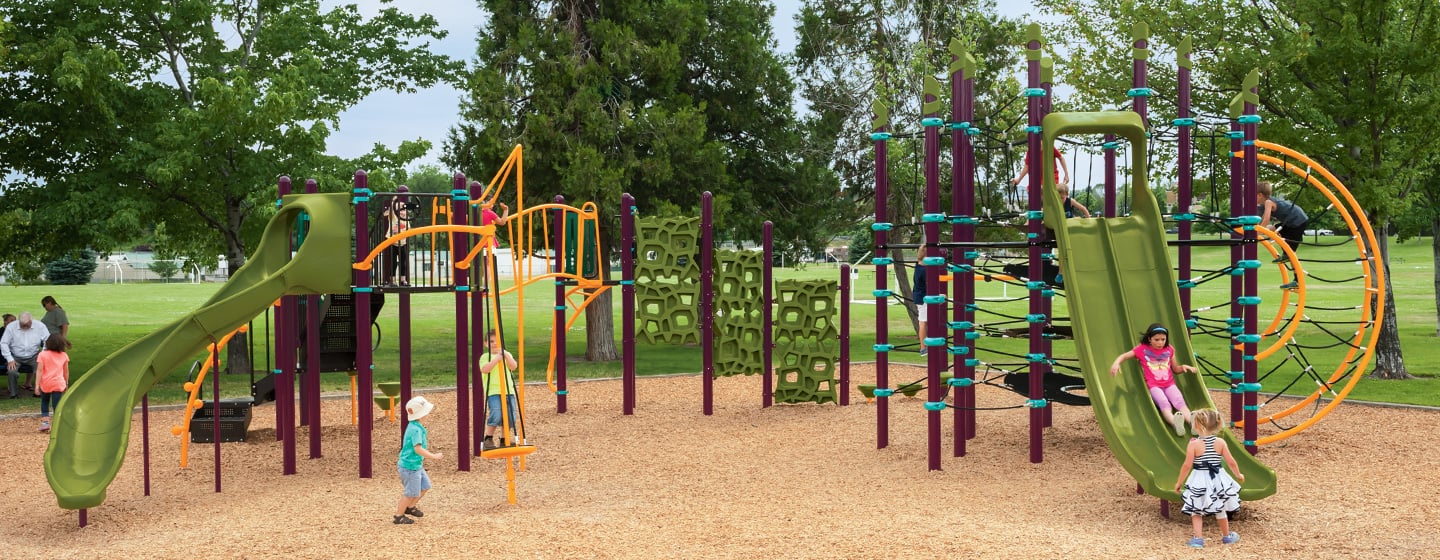
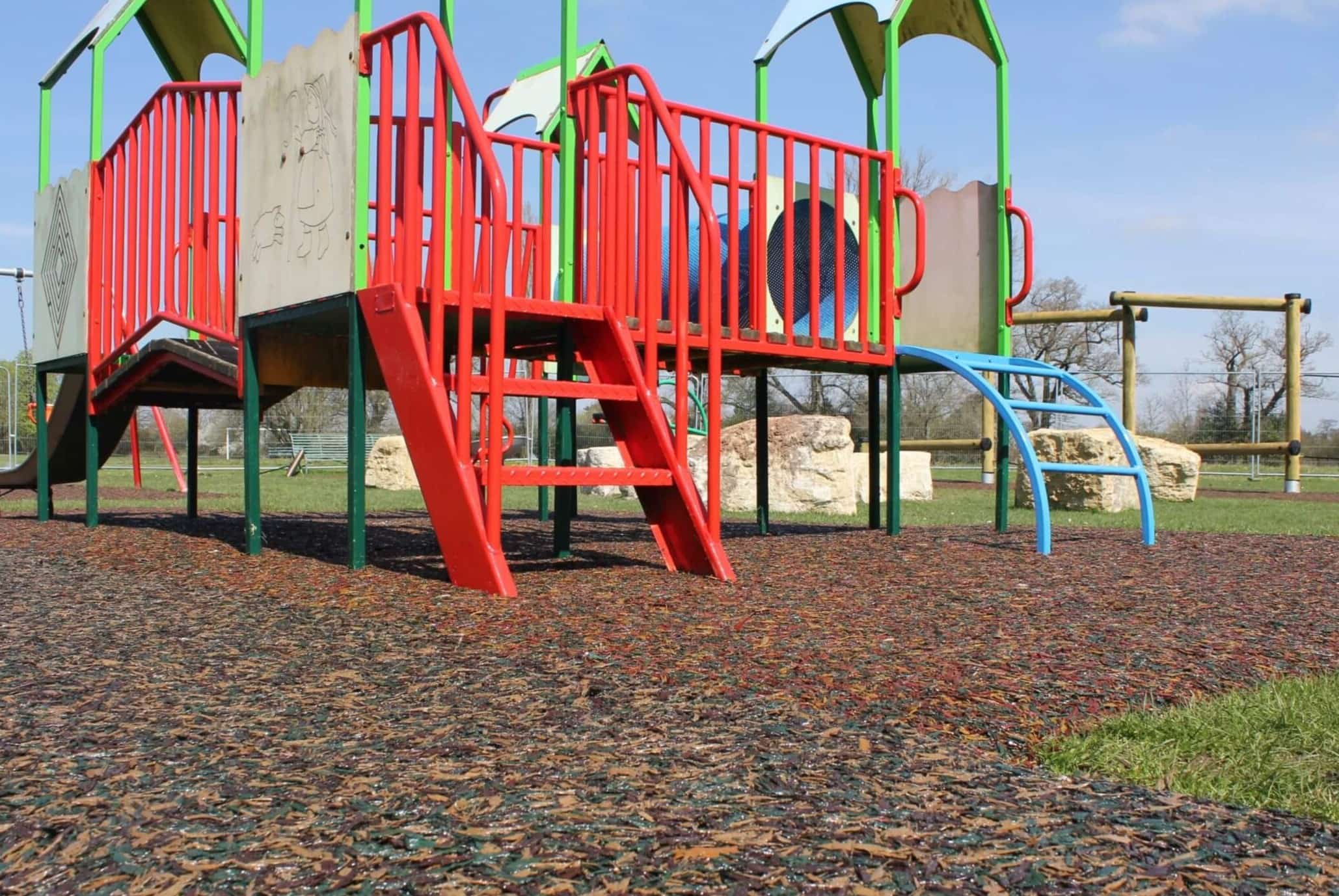
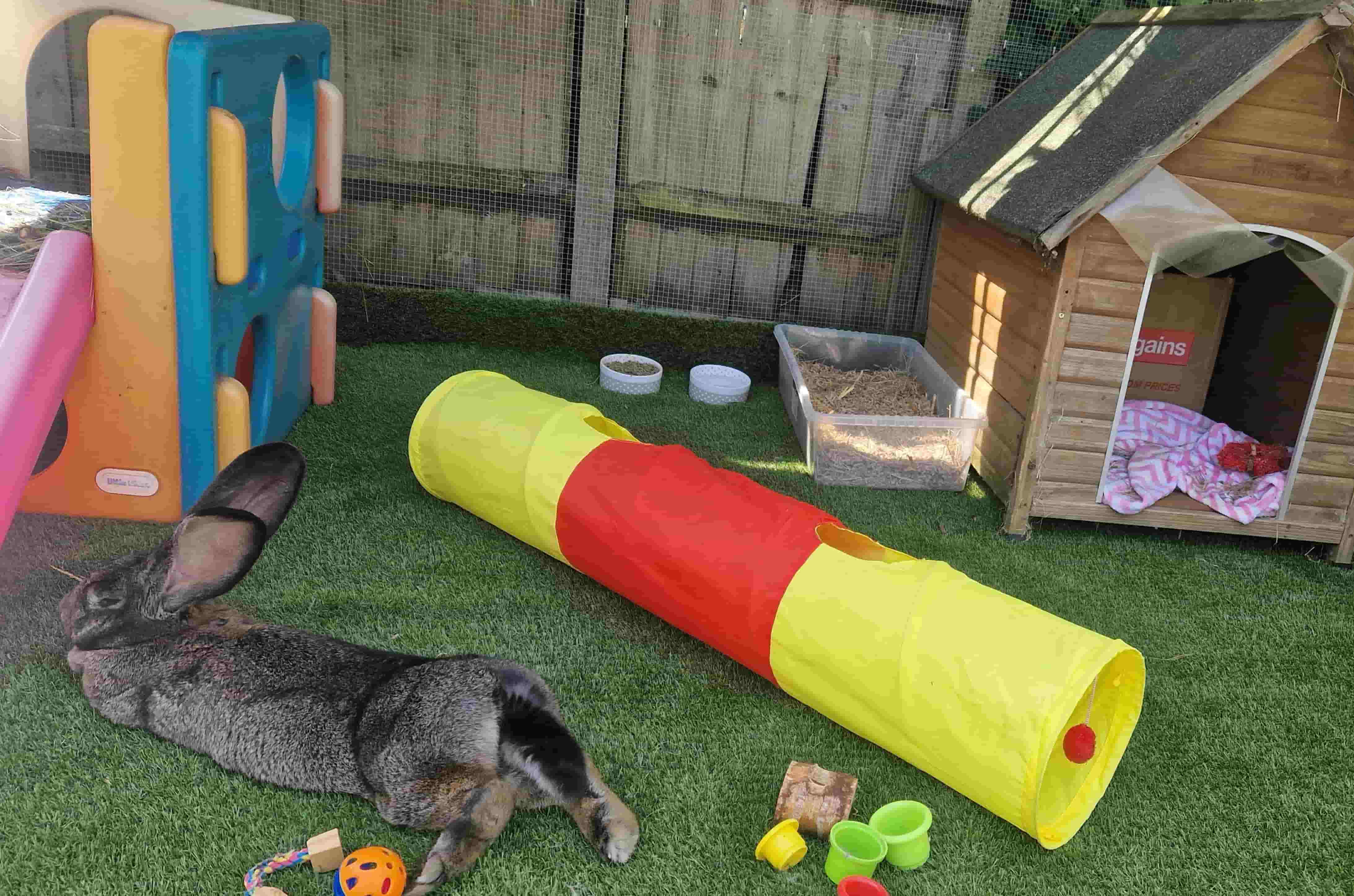

0 thoughts on “How Large Should Play Area Be For An Outdoor Playground”